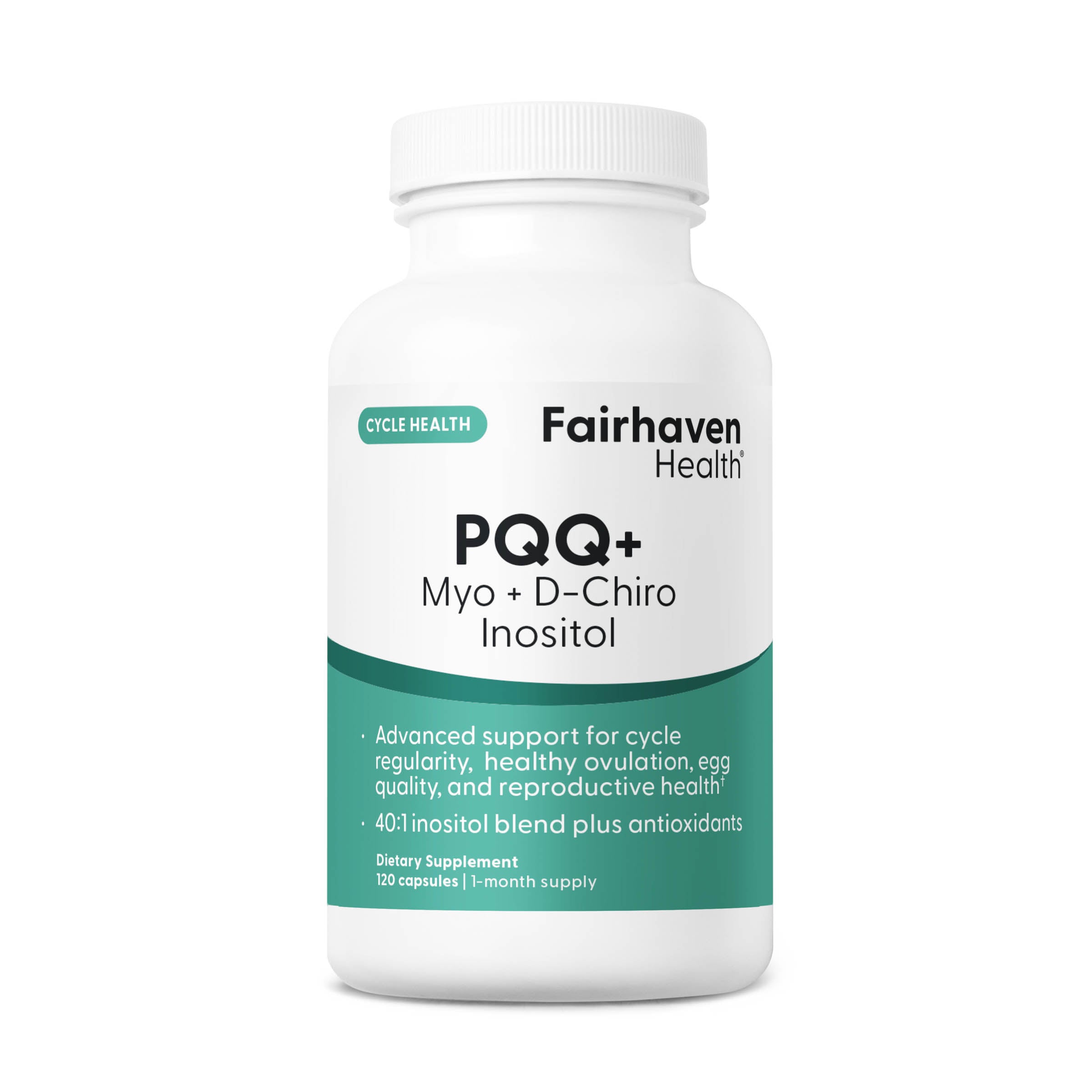When Do I Ovulate During My Menstrual Cycle?
Listening to Your Body and Reading the Signals
This article provides a brief overview of those both celebrated and less valorized signs of ovulation and high-fertility. Each of these physiological signs are dealt with in-depth throughout our site, so we'll provide links to articles that elaborate on these topics in detail. Bookmark this page as an index for looking up potential fertility signs and natural cycle patterns that indicate when you are most like to become pregnant.
The cycle days prior to and during ovulation mark your period of highest fertility. Timing lovemaking during this window of opportunity will vastly increase your chances of getting pregnant - that's a fact any doctor will confirm. Understanding the natural body signals that anticipate when you ovulate - or confirm that ovulation has taken place - is the key to distilling fertility patterns, predicting peak fertility, and timing lovemaking accordingly.
Above all, the purpose of understanding these signs is to learn from your body and recognize your body's unique fertility patterns (within the large context of your monthly menstrual cycle). Indeed, your patterns - or personal fertility profile if you will - are what you are looking for, and these bodily indicators, signs, and signals can be noted on a comprehensive fertility chart so you can observe calendrical patterns from month to month. You'll also be able to cross-check fertility indicators with other signs or home ovulation testing results.
If you understand how your menstrual cycle works, read on... If you need a brief refresher on your menstrual cycle (as well as the dynamics of fertility and reproductive processes) click here.
Primary Ovulation Signs: The Fundamentals of Your Fertility Chart
Changes in Cervical Mucus (CM): During your cycle, you should be able observe and record changes in the look and feel of cervical fluids (also referred to as cervical mucus, or CM). When it comes to examining cervical fluid, there are three referential poles for determining fertility patterns: the amount of CM present, the appearance/color of CM, and the texture of CM. On another referential axis - and based on these descriptive factors above - you will be able to determine if you are experiencing Non-Fertile CM, Transitional CM, or Fertile CM.
Non-Fertile CM: When you are not fertile, cervical fluids will be scant or not present at all. You may experience sensations of dryness, or your cervical mucus will be sticky, firm, and will not stretch between the fingertips (it will break). Non-fertile CM will hold its form. From a visual standpoint, non-fertile cervical mucus will be opaque (can't see through it) and of a white or yellow color. You'll experience non-fertile CM both early and late in your cycle.
Transitional CM: As you approach your ovulation date, estrogen-based hormones flood the body and facilitate changes in the structure of cervical fluids. Now, you'll start to see an increase in the amount of CM, as well as tactile and visual changes. Transitional CM will start to thin out, will be less able to hold its shape (from a formal or structural standpoint), and should become less sticky. While the color may remain white or yellow, you may be able to view a translucent quality to the CM.
Fertile CM: Around the time you ovulate, you should be able to observe big changes in the quality and quantity of CM. CM should be abundant, thin (even watery to some degree) and very stretchy: In fact, it should be able to stretch between your fingers without breaking and will not hold its form. To the eye, fertile cervical fluids will be more transparent and if you hold it up to light, you may be able to see through it to some degree.
More on Cervical Mucus...
- How to Observe Cervical Fluids
- Spinnbarkeit (Egg-White CM)
- Products to Support Cervical Fluids: Fertile CM
Position and Feel of Your Cervix: As with cervical mucus, the position and feel of your cervix will also undergo several marked changes during your menstrual cycle. You can detect theses changes through simple self-examination with clean, dry fingers.
The cervix is the part of a woman's body that connects the vagina to the uterus. As you approach ovulation, the cervix will soften and become moist. The cervical entrance will open and the tip of the cervix will begin to lift. Of course, all of these descriptive terms are relative and require that you monitor the position, texture, and openness of the cervix throughout your cycle.
By writing down daily observations on your fertility chart, you will be able to flush out the unique patterns of these descriptive characteristics. You will also be able to determine how the patterns of one unique fertility sign (cervical position) cross-reference and temporally parallel other fertility signs (e.g., CM, ovulation test results).
Charting Basal Body Temperature: BBT charting with a basal thermometer is typically considered the primary foundation of your overall fertility chart/ovulation calendar. In brief, bbt charting requires you to measure your resting temperature each morning before getting out of bed. When you ovulate, progesterone levels will increase - and progesterone will heat up the body markedly. Therefore, once ovulation takes place you will be able to recognize a increase in your baseline body temperature. This increase will start with ovulation and last for most of the rest of your cycle, trailing down right before you have your period.
BBT charting performs two major functions. It 1) Allows you to determine when you ovulated during your cycle 2) Verifies that ovulation in fact took place. Besides these key function, BBT charting can also tell you many important things about your menstrual cycle (length of luteal phase) and many women claim they can detect pregnancy by monitoring BBT temperatures.
More on BBT Charting..
Secondary Fertility Signs are more contingent than the primary signs above. This means that they may not occur in all women - and in the case of ovulation spotting or mittelschmerz, only a minority of women will experience these body signals. It also means that variation in intensity and duration of these body signals will also be unique and difficult to "universalize". That said, by educating yourself to what characterizes these physical signs, and by knowing when they might occur, you may develop a more acute awareness and start to recognize feelings and sensations that would otherwise be attributed to causes unrelated to fertility or completely disregarded.
Increased Libido: Around the time you ovulate, you may experience increased libido and a higher overall sex drive. This makes sense, considering that your body is preparing itself to become pregnant; its logical that you might feel a libidinal charge this time of month.
Breast Sensitivity: After you ovulate, progesterone is secreted by the corpus luteum. This increase in the hormone progesterone may also contribute to increased breast and nipple sensitivity directly following ovulation.
Mittelschmerz (Ovulation Pains) and Spotting During Ovulation: Mittelschmerz - a pain on one side of the lower abdomen - is caused by the egg bursting form the ovary at the very moment you ovulate. This bursting forth may also cause a very light bleeding with resultant spotting (a faint appearance of blood that may show up, for example, in cervical fluids). While only about 20% of women will experience ovulation pains, even less will be able to detect ovulation spotting. Nevertheless, both of these symptoms do allow you to pinpoint fertility as they are physical-symptomatic correlates of the very process of the ovulation itself.







